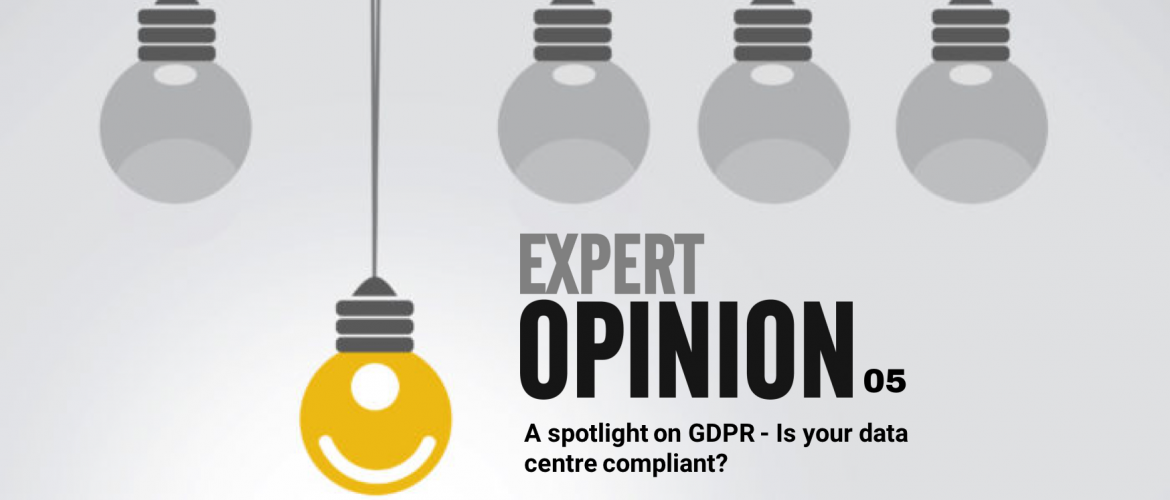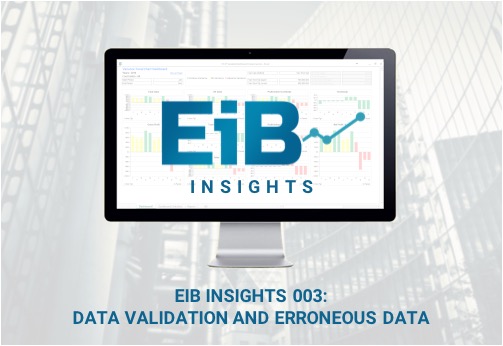It’s crazy to think, but 90 percent of the World’s data has been generated in the last two years alone. And, with the current rate of 2.5 quintillion bytes of data being produced each day, it is unsurprising that the issue of data quality has become a prevalent one which businesses can no longer ignore. This has subsequently led to an unprecedented increase in demand for data quality tools with ever-evolving capabilities. In the early days of data warehousing,
The GDPR came into effect in May of 2018, covering the United Kingdom and Europe with the world’s most stringent data protection regulation. The enforcement of GDPR comes in response to a series of high profile misuses of private data by global companies. Consumers need more autonomy over the huge data sets of their private information that businesses store and manage worldwide, and the GDPR is a step forward for consumer rights. Control is your greatest asset Data leaks are rife in
Data quality is essential to leveraging more value from your business’ data assets. Data analysts, managers and board members alike, must know and understand the quality of the data they are using to make decisions and to set direction for their organisations if they are to make the best strategic decisions. Today, data is created and collected by every type of device used in businesses and homes. Data analytics has become a common term. Expectations for quality data continue to grow at an
“I was once asked by a CIO to help him present to his board, on why they wanted to become data-driven. After 5 minutes of my planned 10 minute presentation (that lasted about 30 minutes) a board member and I concluded that based on what we had heard outside that meeting, they didn’t want to become data driven– they wanted to become customer-driven.” To be data-driven is a dangerous catch phrase. Data, or even technology, for its own sake without a
In the first instalment of our Expert Opinion series, data and analytics expert Rudraksh Bhawalkar explains the fundamental benefits of managing your data effectively, in order to achieve a bi-modal framework for your business. ‘Water, water, everywhere, but not a drop to drink’. These, the modernised words of Samuel Taylor Coleridge in his poem The Rime of the Ancient Mariner, were penned in the late 1700s. Over two centuries later, we’re facing a similar problem. Like sailors looking out over a
On June 30th 2018 all businesses were supposed to have migrated to TLS 1.1 encryption or higher, otherwise they are at risk of relinquishing their ability to process credit card payments. Sounds daunting I know. Saying that, I have just realised it is very presumptive of me to expect everyone to know what PCI stands for, let alone what the implications of non-compliance will be for your business now that the June 30th deadline has passed, so I should probably take a
Analytics are fast becoming the life-blood of organisations. Most notably within enterprises who have already embraced the digitalisation of their industries, recognising that data is now the new oil, and knowledge is now the new international currency. In fact, you’d be hard pushed nowadays to find a business operating in the black, who do not appreciate or understand the full value of analytics, and recognise the direct impact they can have on both empowering better decision-making and
The last instalment in our EiB Insights series, explored how our EiB Insurance Analytics solution allows you to access your raw premiums and claims bordereau and automatically transform this into powerful MI, without the arduous task of manually handling your data. Our focus now turns to the pertinent topic of what happens when your raw data is in fact erroneous data. After all, if the base data is flawed, then regardless of
The vast majority of business leaders now know that to achieve truly sustainable growth, they need to double-down on digital transformation. But a recent report by Forrester, on behalf of Microsoft, shows that digital transformation is not enough on its own. “Enterprises that fail to build out a full digital transformation strategy miss out on the big picture,” the report states. “ Those pursuing a limited digital transformation strategy tend to focus on smaller, more tactical initiatives
Today, even with innovations in, BI software, financial reporting, management reporting and self-service analytics applications, monitoring every aspect of your business is still too complicated. It’s essential for you to use the right tools to track your business performance effectively, yet there are dozens of different software applications and approaches on the market, making choices confusing, complicated and all too often costly – especially as your user population grows. With the majority of businesses trying to manage and present data from
- 1
- 2












Recent Comments